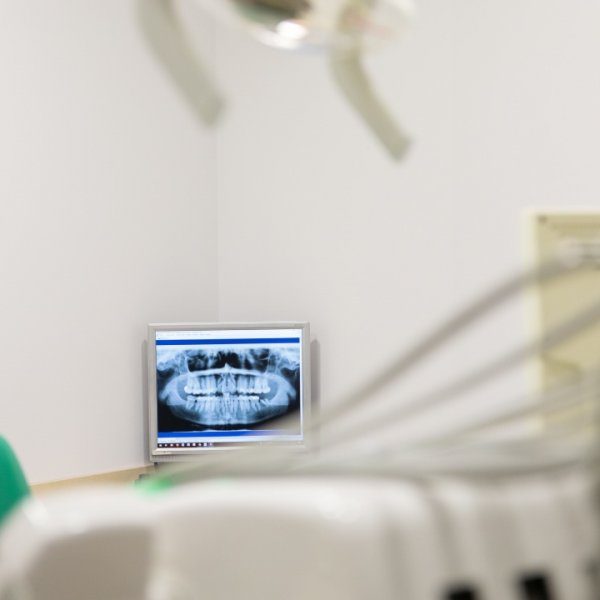Fixed, hybrid or removable implant prostheses?

In the previous article we discussed how many dental implants you should get and the different factors that affect the decision: upper or lower jaw and if the implant prostheses are fixed, hybrid or removable. The purpose of this article, then, is to provide further information on the differences between these three implant options. While no option is necessarily better than the other and the implantology experts at our dental clinic in Barcelona work with all three techniques, each case must be evaluated individually in order to propose the solution that best suits the patient’s circumstances.
What is a hybrid prosthesis?
Hybrid prostheses on dental implants are an implant rehabilitation treatment option that provides the patient with new fixed teeth.
Resin metal prostheses on dental implants, also called hybrid prostheses, consist of an acrylic-covered metal structure that supports the attached artificial teeth. Six osseointegrated implants in a dental arch are required for an implant-supported hybrid prosthesis.
The hybrid prostheses are made with a metal framework designed and manufactured with CAD/CAM dentistry and then fitted with resin teeth.
What is an overdenture?
An overdenture is a type of removable denture can be anchored to one or more natural teeth, roots and/or endosseous implant. The patient can easily remove and reattach an overdenture for cleaning; the system also provides greater stability than more traditional prostheses.
Overdentures are constructed from a metal framework to which resin teeth are attached. The result is a traditional-looking resin prosthesis with an inside that has attachments that anchor the prosthesis to the implants.
What is an implant-supported prosthesis?
The implant-supported prosthesis is a treatment that consists of a prosthetic structure anchored to the previously placed implants via a bonding material or screws in order to recuperate your teeth’s maximum function and aesthetics.
The main advantage of porcelain dentures is that they are fixed and have an extremely natural look: the surface of porcelain teeth are very similar to the teeth’s natural enamel.
One disadvantage is that more implants are required and treatment cost is higher than other solutions. In general, eight implants are required if you’re missing all the teeth in your jaw, although the number of implants also depends on the type of bone and the length and diameter of the implants.
The 14 teeth are divided into three groups (front, left rear and right rear) and each group is supported by two implants. Ultimately, it is like having three bridges. Adequate bone along the entire extension of the jaw is a must, as unsupported implants are not recommended.
The teeth may be attached by directly screwing them to the implant or bonding them to an intermediate piece that is screwed to the implants.
They are usually made of porcelain fused to metal.


